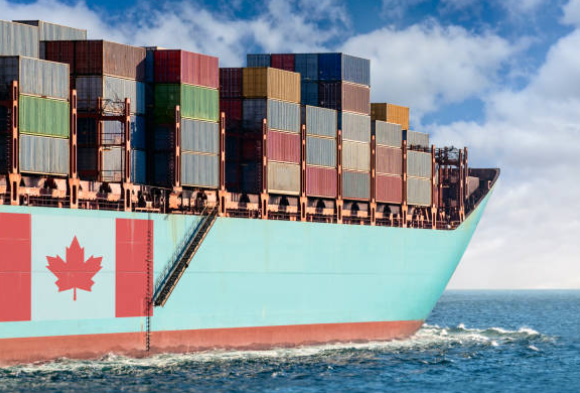
Posted on Sunday, October 6, 2024
Importing roll forming machines into Canada can open up significant opportunities for manufacturers and contractors looking to enhance their production capabilities. However, navigating the complexities of the import process requires careful planning and understanding of regulations. This guide will provide you with key points and insights to help you successfully import roll forming machines into Canada.
Before initiating the import process, it's crucial to research the Canadian market for roll forming machines. Identify your target industries, such as construction, automotive, or manufacturing, to ensure that your investment aligns with market demands.
Familiarize yourself with the regulations governing machinery imports into Canada. The Canadian Standards Association (CSA) sets safety and performance standards that must be met. Additionally, the Canada Border Services Agency (CBSA) oversees the customs processes, and it's important to comply with their regulations.
Determine the specifications required for your roll forming machines. This includes considering the machine size, capacity, and the types of materials it will process. Understanding your production needs will help you select the most suitable machine.
Research and select reputable manufacturers or suppliers. Look for companies that have experience exporting to Canada and have positive reviews from previous clients. It's also beneficial to establish clear communication with potential suppliers to ensure they can meet your needs.
Depending on the type of machinery you are importing, you may require an import permit. Consult Global Affairs Canada for specific requirements related to your roll forming machines.
Obtain a bill of lading from your supplier. This document serves as proof of the shipment and is essential for customs clearance.
Prepare a detailed commercial invoice that includes the machine’s specifications, value, and country of origin. This documentation is crucial for determining tariffs and taxes.
Include a packing list detailing the contents of the shipment for customs. This helps customs officials verify the shipment's contents and ensures a smoother clearance process.
Understand the tariffs applicable to your imported machinery. Use the Harmonized System (HS) code to determine the correct tariff rate for roll forming machines. This will help you estimate the costs associated with importing the machine.
Be prepared to pay Goods and Services Tax (GST) on imported goods. In Canada, the GST rate is typically 5% of the machine’s value, which will need to be factored into your overall cost analysis.
Consider hiring a freight forwarder experienced in importing machinery. They can assist with logistics, shipping documentation, and customs clearance, streamlining the process for you.
Decide on the shipping method that best suits your budget and urgency. While air freight is faster, it can be more expensive. Sea freight is generally more economical for heavy machinery but may take longer to arrive.
Engage a customs broker to facilitate the clearance process. A broker will manage all customs documentation and ensure compliance with Canadian regulations, saving you time and potential headaches.
Be prepared for possible inspections by customs officials, especially for heavy machinery. Ensure that your roll forming machine complies with Canadian safety and performance standards to avoid delays.
After clearing customs, arrange for the installation of your roll forming machine. It’s also advisable to provide training for your staff on proper operation and maintenance to maximize the machine’s efficiency and lifespan.
Ensure you understand the warranty terms and support services offered by your supplier. This will provide peace of mind and assistance in case of any operational issues.
Maintain detailed records of all import transactions, including invoices, permits, and correspondence with suppliers and customs. Good record-keeping practices will help you stay organized and compliant with regulations.
Stay updated on any changes to regulations and standards in Canada that could affect future imports. This proactive approach will help ensure ongoing compliance and smooth operations.
Importing roll forming machines into Canada can be a lucrative endeavor for businesses looking to enhance their manufacturing capabilities. By following this guide, you can navigate the complexities of the import process and set your business up for success. Always consider consulting with professionals in international trade to further streamline the process and minimize risks. With the right preparation and knowledge, you can effectively import roll forming machines and meet the demands of the Canadian market.

32/1000 Box Profile Roll Forming Machine – Complete Guide & Specifications
Posted on Sunday, November 16, 2025
High-performance 32/1000 box profile roll forming machine for roofing and cladding. Full specifications, profiles, applications, pricing

PBR / R-Panel Roll Forming Machine – Complete Guide & Specifications
Posted on Sunday, November 16, 2025
PBR / R-Panel roll forming machine for roofing and wall cladding. Full specs, profiles, applications, pricing, and global buying guide. Built to order.

Posted on Sunday, November 16, 2025
How to Diagnose and Fix the Hidden Electrical Problems That Cause Downtime
Copyright 2025 © Machine Matcher.